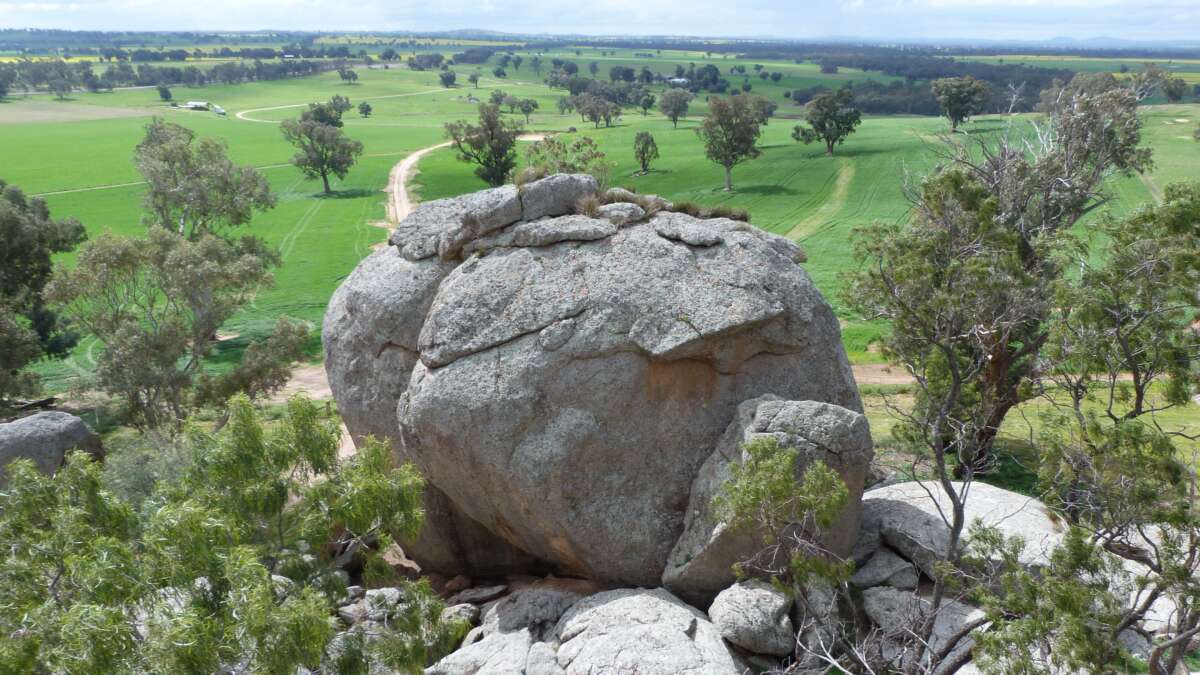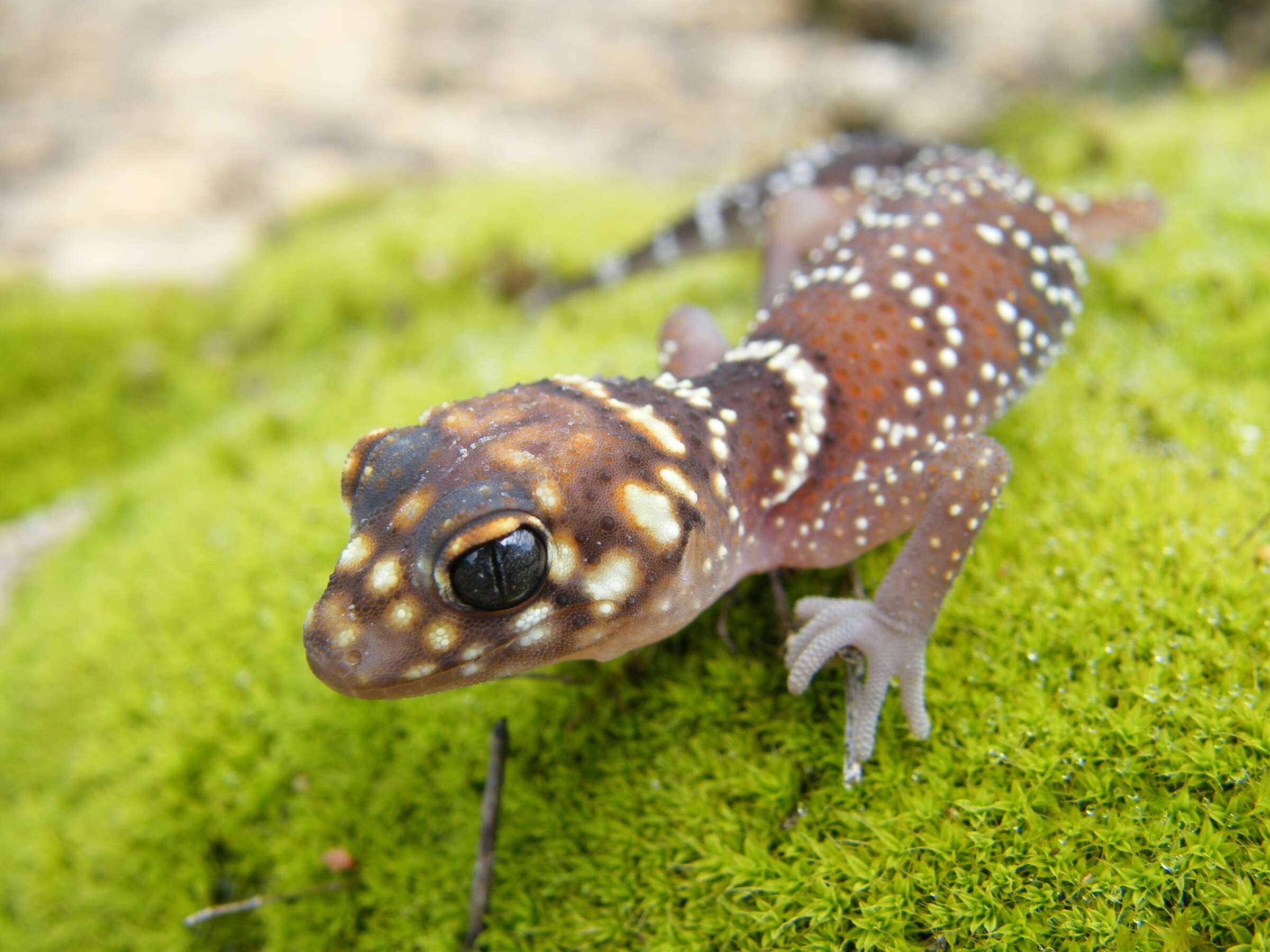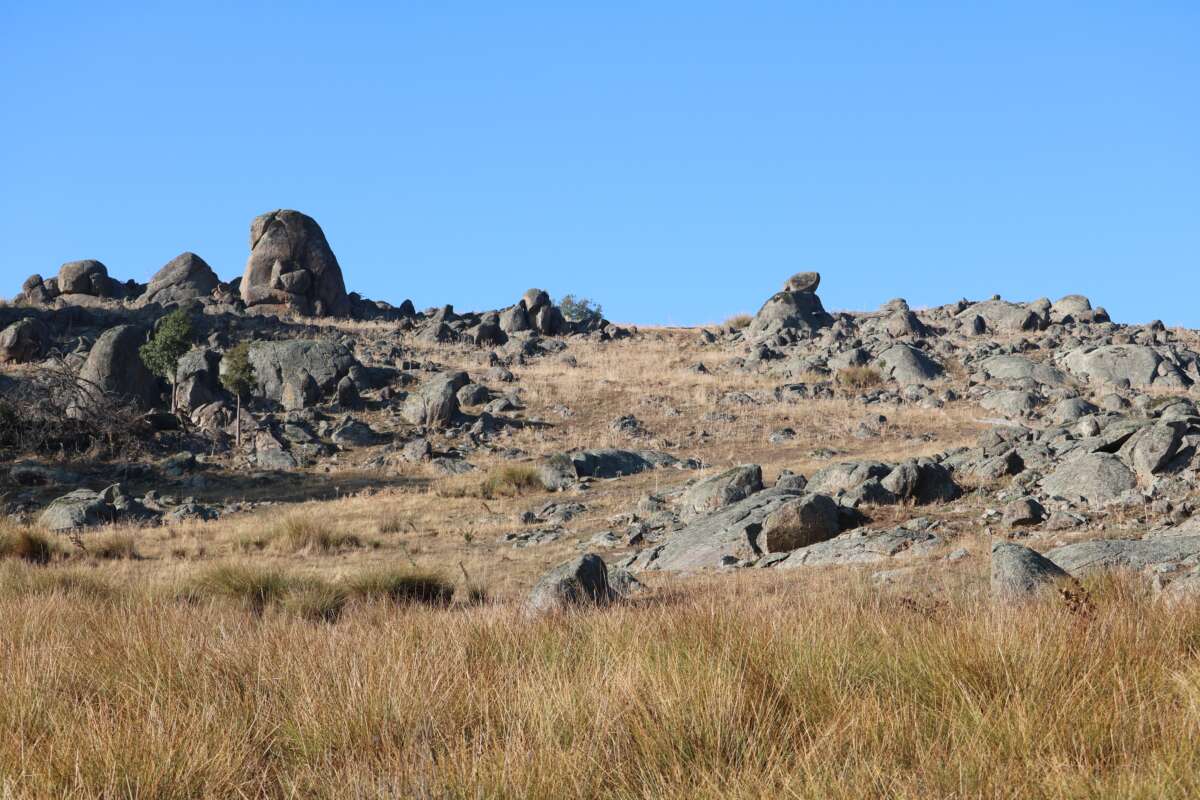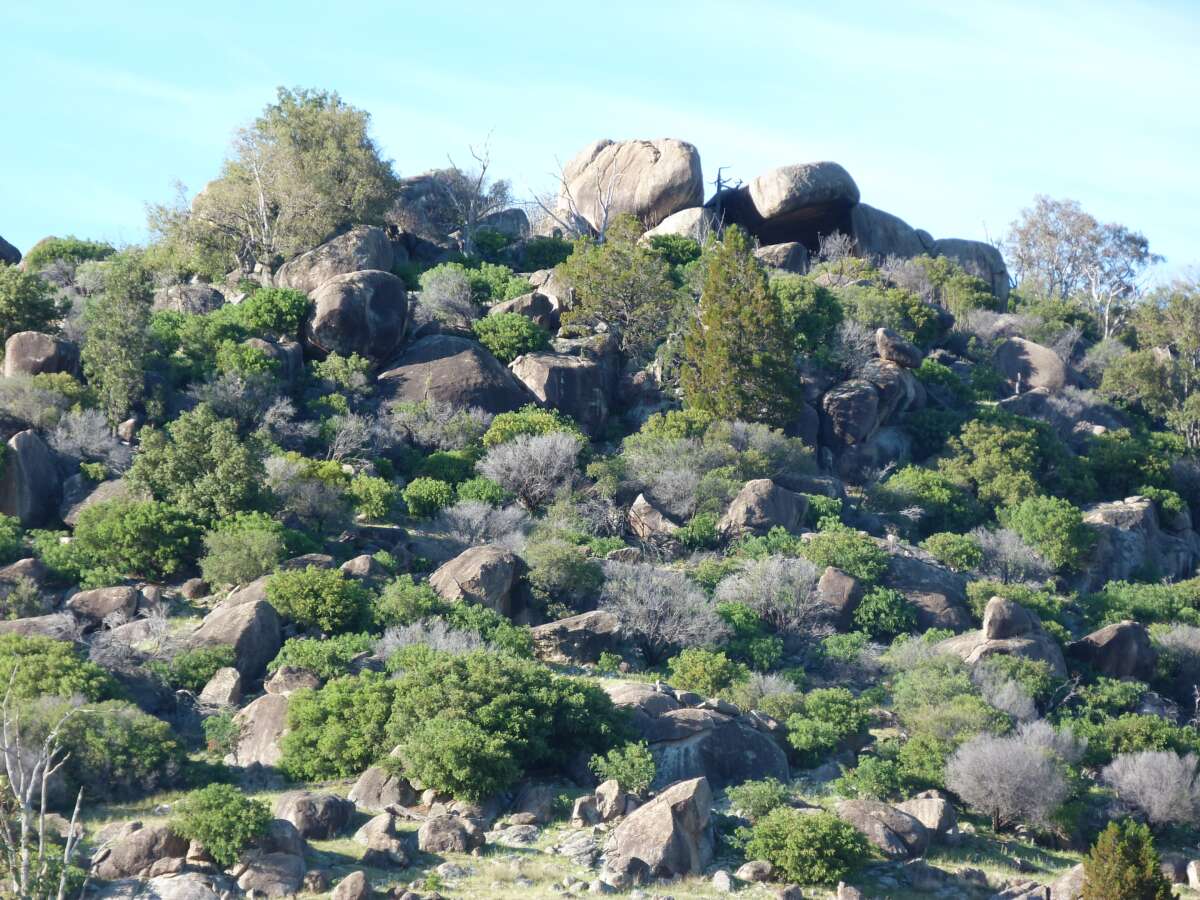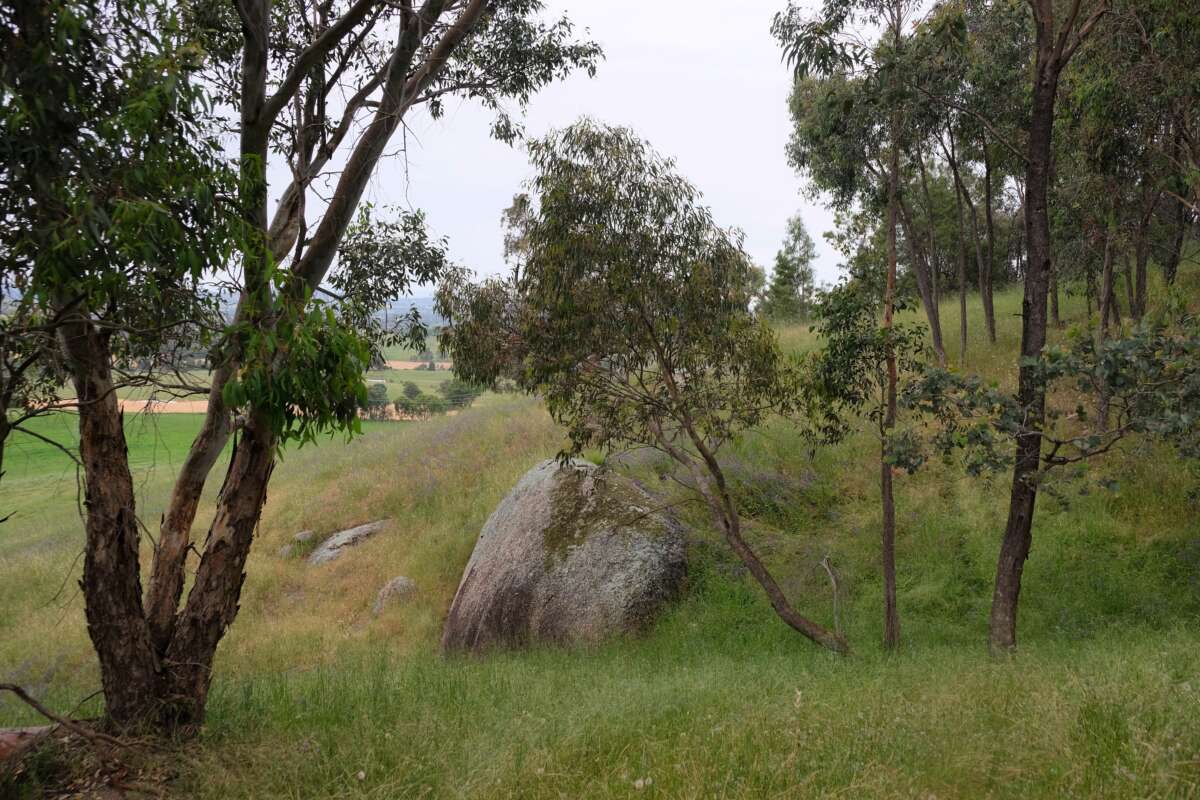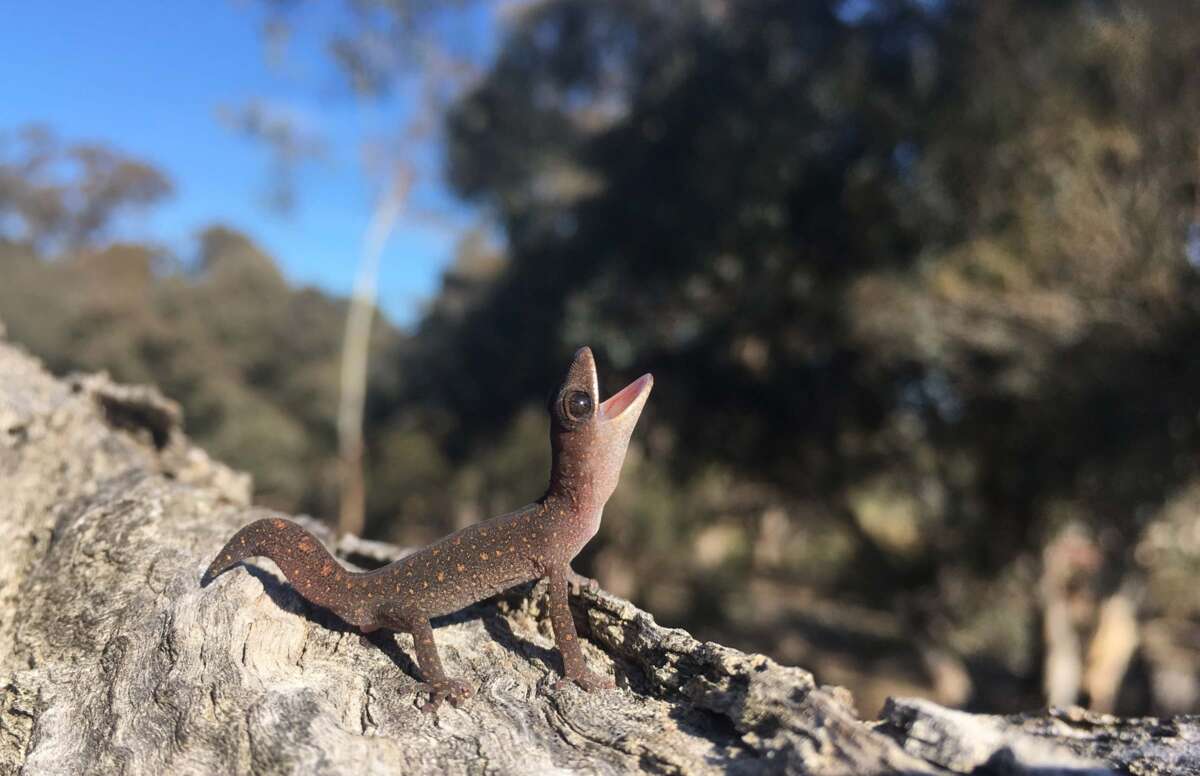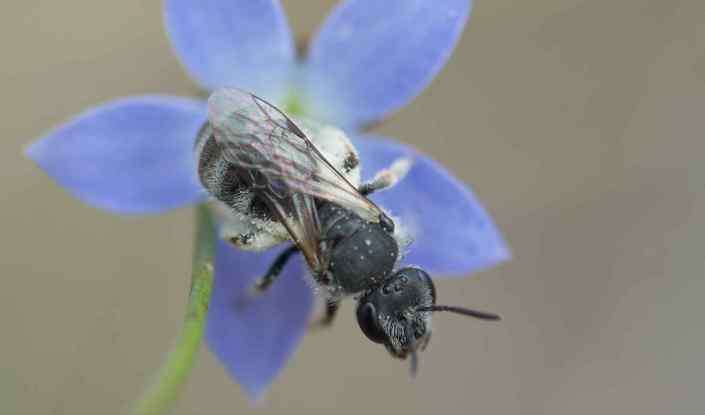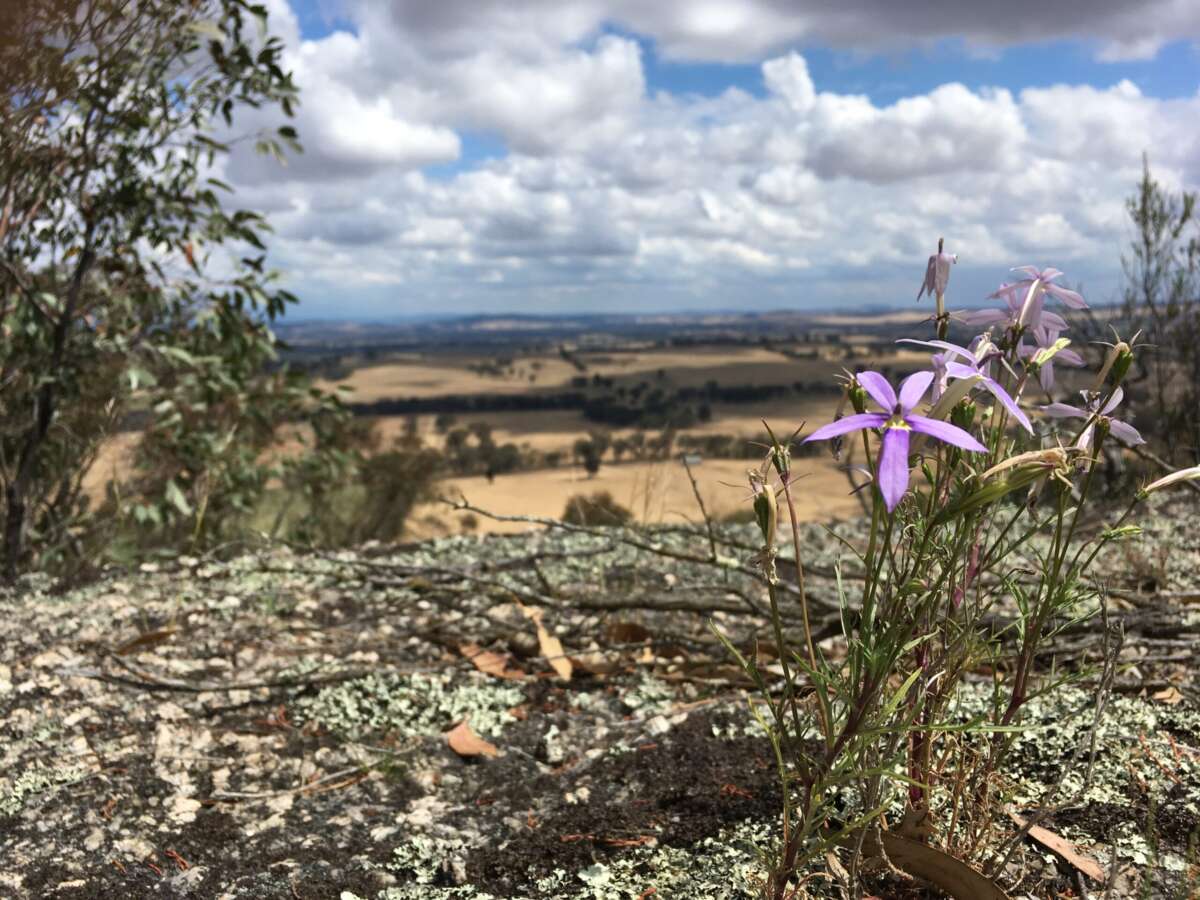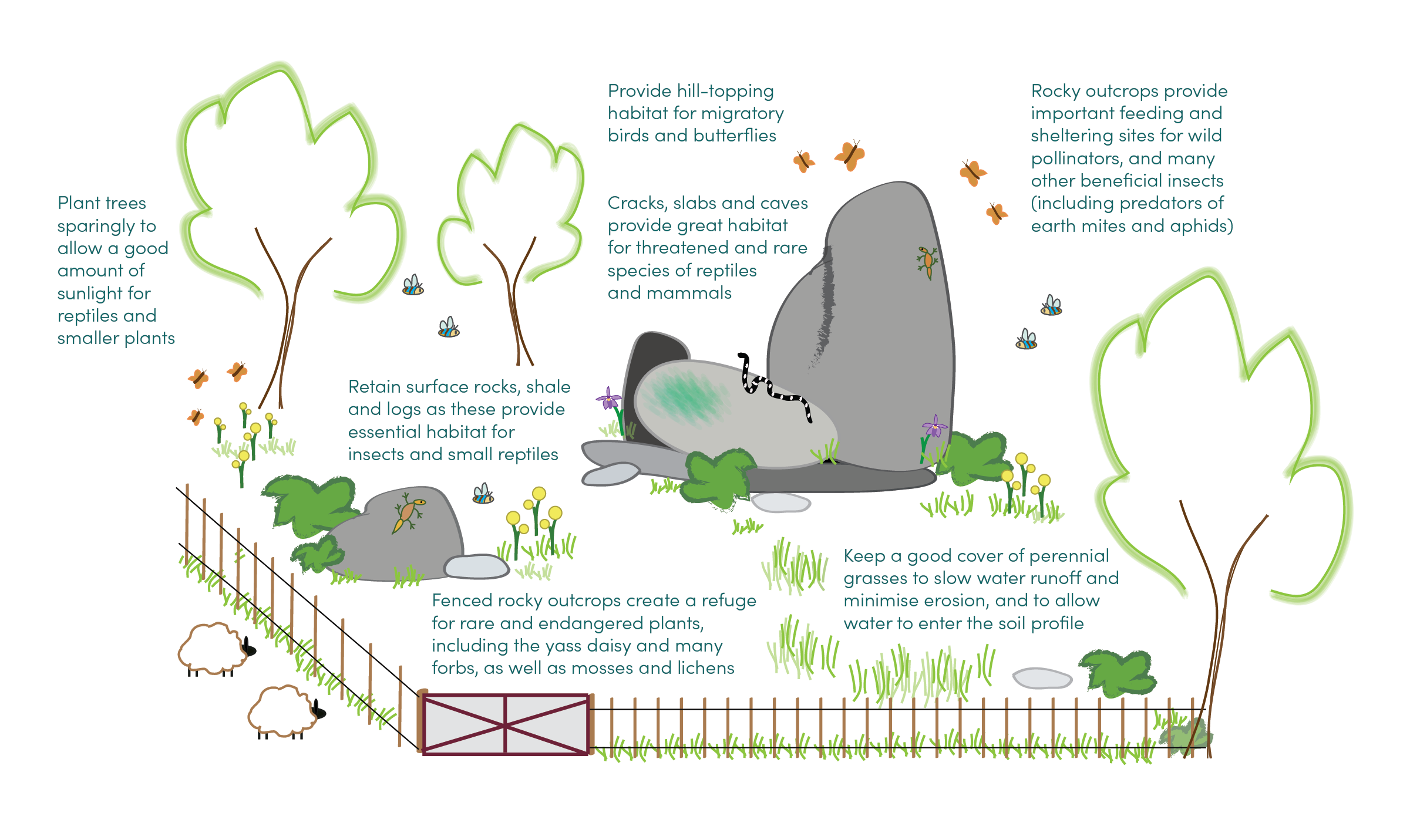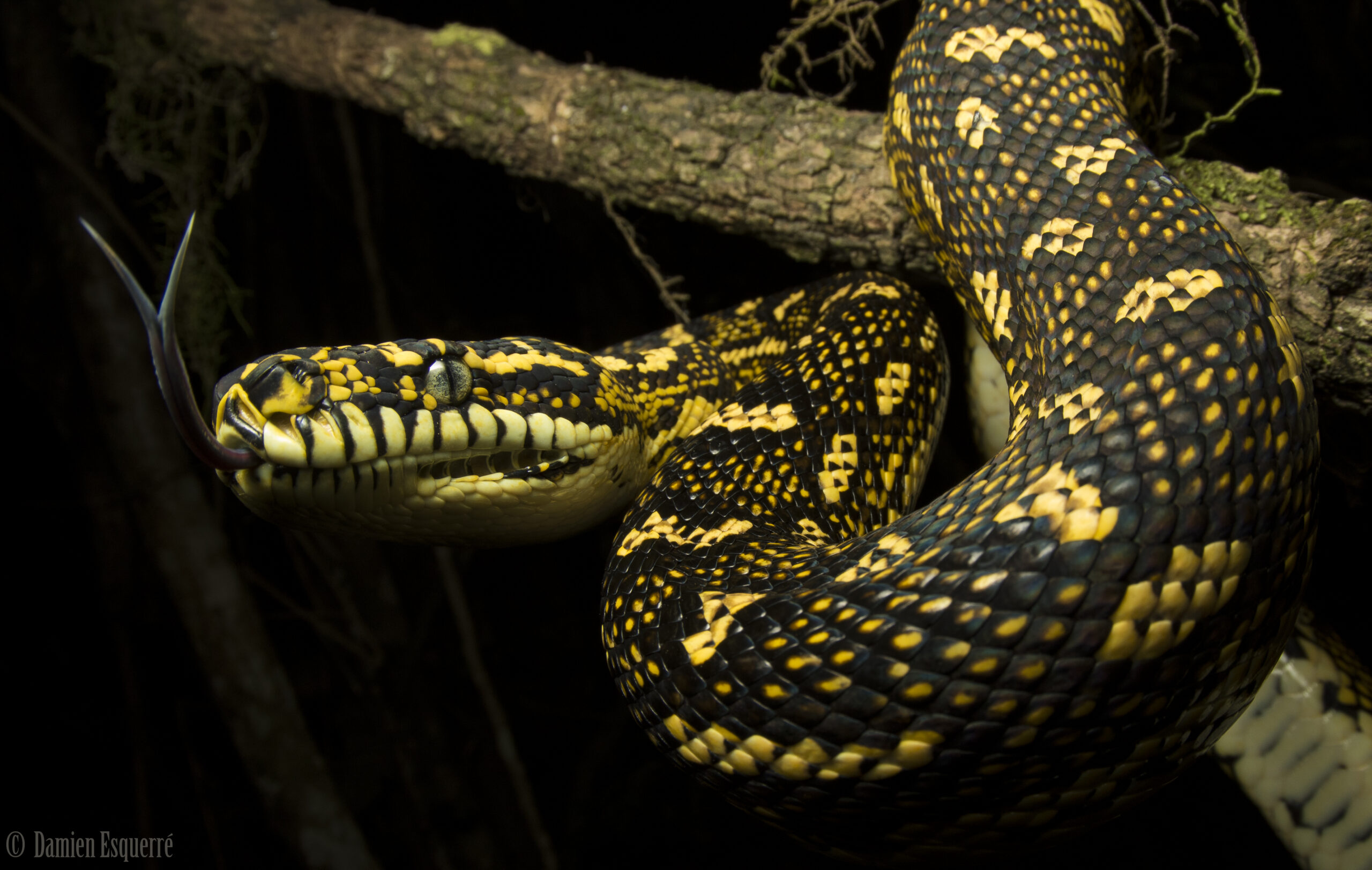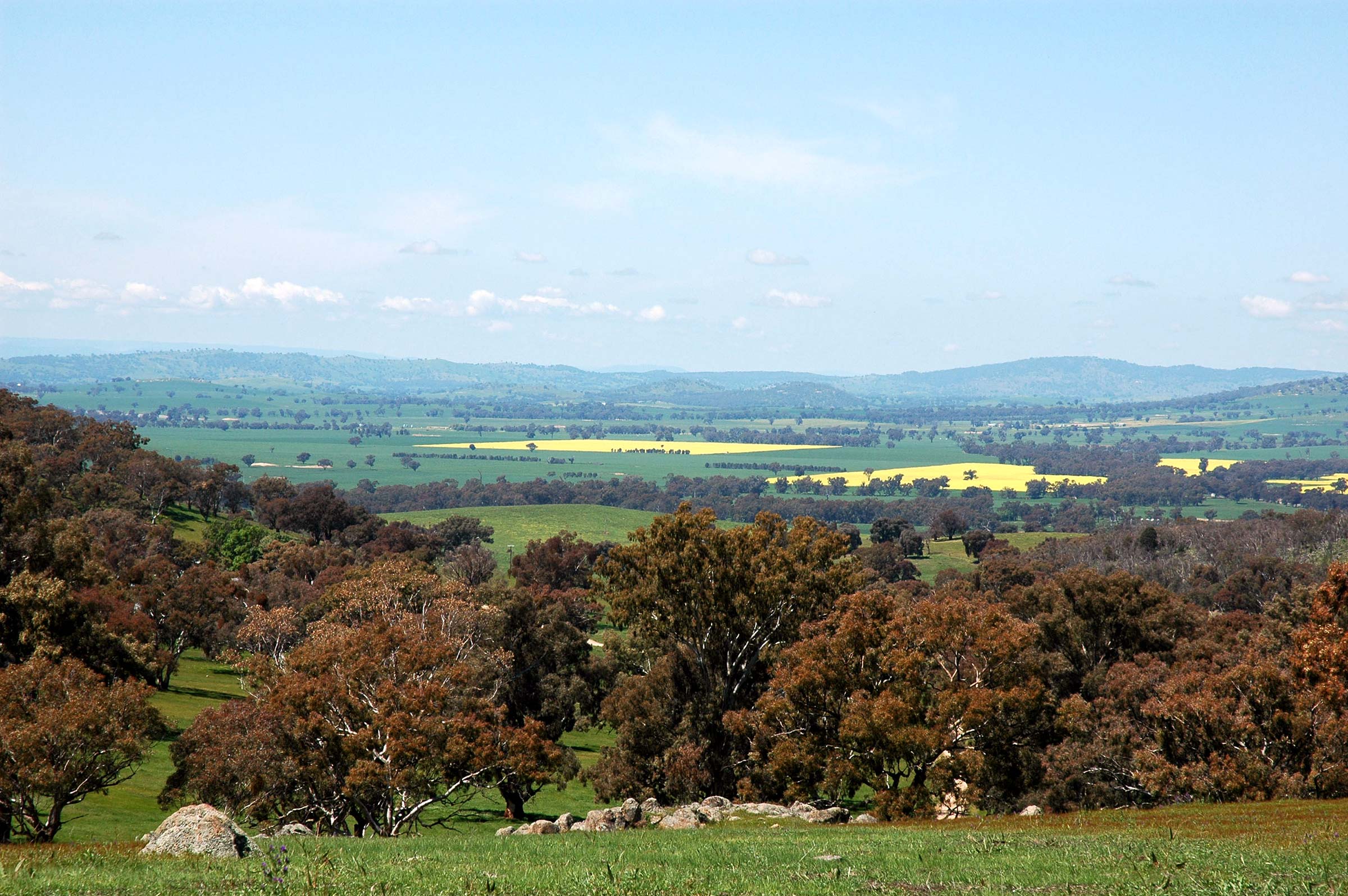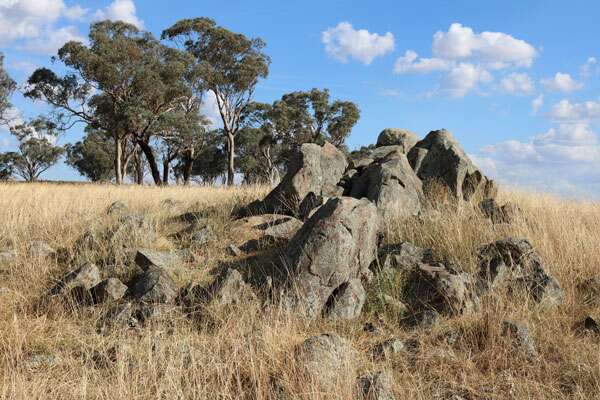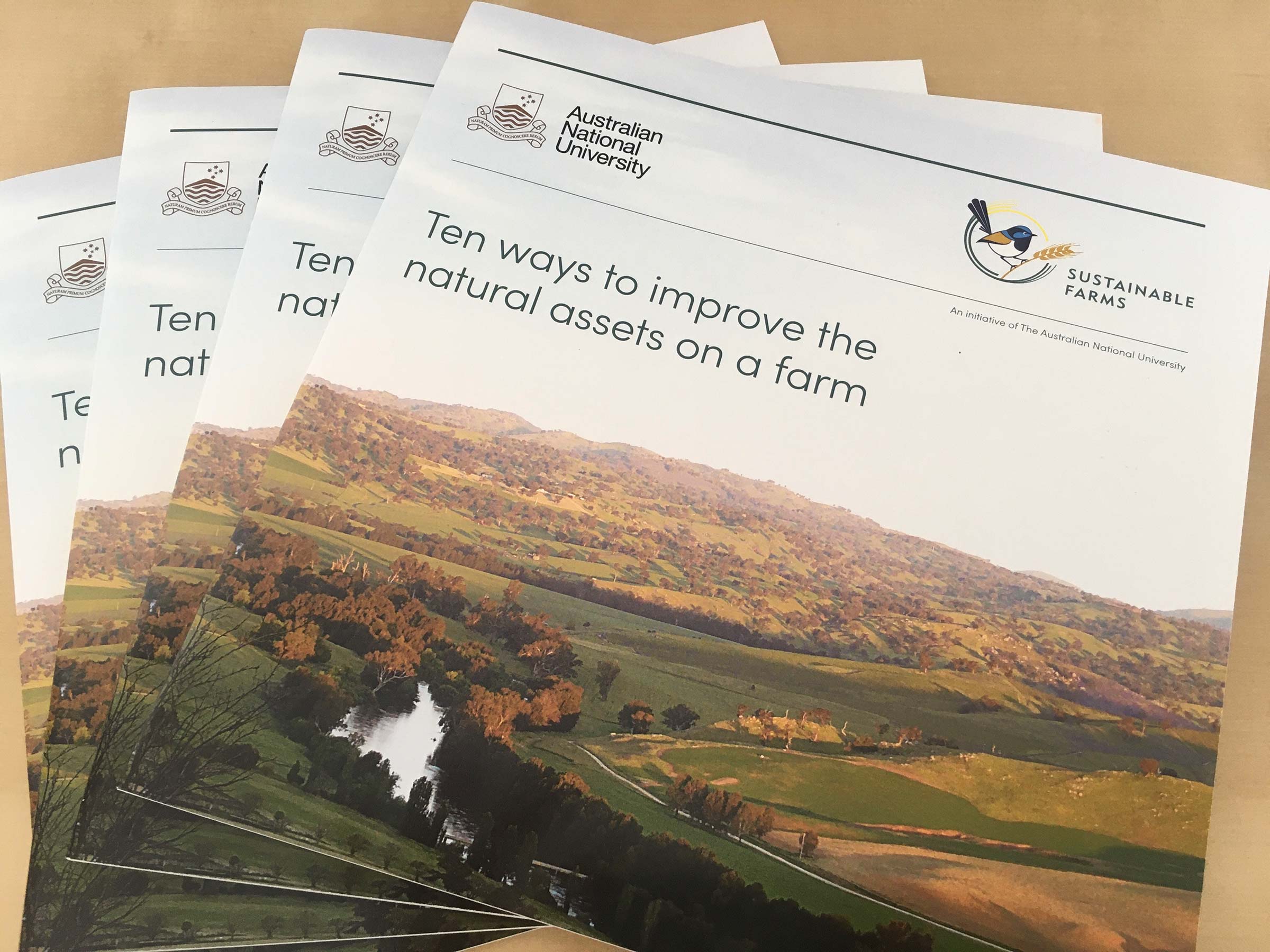Controlling or excluding livestock grazing is the most effective method for protecting and preserving rocky outcrops.
Livestock damage rocky outcrops in various ways, these include overgrazing the ground vegetation, changing the composition of the plant community, causing the loss of sensitive plant species, suppressing the regeneration of trees and shrubs, destroying shrubs and other midstorey plants, physically trampling surface rock and burrows in the soft soils, and accumulation of excess nutrients on the site.
The impact of livestock will vary with type, the stocking rate, time stock were left in and excluded and the timing of grazing. How livestock are managed in these areas will largely depend on the desired outcomes, for example if you wish to manage the site for the conservation of sensitive native plant species, livestock exclusion or very strict periodic grazing would have to be implemented depending on the vegetation type and structure.
